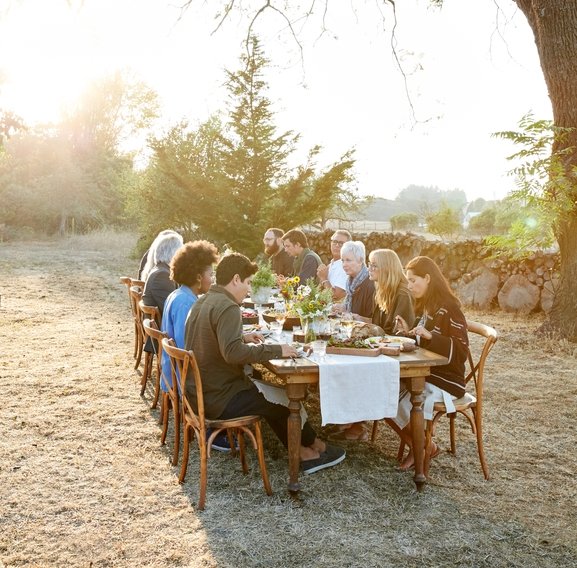
5 Reasons To Consider Joining A Cohousing Community
Community Living
Just as a home is more than its walls and windows, cohousing homes are more than standard condos. To the people who create, join and live cohousing communities, they join an active and involved community of neighbors who know and care about each other and together live more consciously of one another and the earth. Cohousing has grown over the past 25 years to over 160 communities nationwide and the communities range from urban, suburban, or rural; new construction or repurposed; senior-specific or intergenerational. Successful communities generally share 5 key characteristics that may tempt you to consider a cohousing community for your next move.
1. Focus on sustainabilty
A core value of cohousing is environmental sustainability. This is reflected in preserved open space, in utilizing green building materials and techniques, minimizing the intrusion of cars, and the prevalence of community renewable energy systems. The sense of community created in these neighborhoods is the secret ingredient of sustainability, enabling people to have a collective impact, being good stewards together with their neighbors. Such a lively neighborhood means residents can socialize close to home, and parents can reduce the endless back-and-forth of shuttling their kids to playdates.
2. Faces not fences
Cohousing communities are recognized by certain design features, layered over a strong social fabric. A big benefit of cohousing stems from the sharing culture bolstered by generous common amenities. Cohousing features a common house (the heart of the community, with a large kitchen, dining area, guest rooms and more), and perhaps a shared garden, workshop, yoga room, pool or kids room. Communities are generally 20-40 homes, designed and self-managed by residents. The result is people-focused, with cars kept on the periphery and buildings grouped to leave green space for all to enjoy.
3) Owner-developers
Financing is undertaken by the future residents, who act as “owner-developers” and provide the capital to fund the design costs and property purchase. Yet there’s nothing to fear when it comes to acquiring loans; in fact, Fannie Mae has language in its FAQ’s specifying that cohousing homes qualify for loans just as any other condominium development would. The project is built by means of a bank construction loan, paid off as individual residents obtain mortgages. Since residents buy-in to their neighborhood early on, turnover tends to be low.
4) True neighborliness
Ever been ready to bake a cake and realized you’re one stick of butter short, meaning a 20-minute drive to the store? In cohousing, your neighbor will probably have both butter and some baking advice. Cohousing is carefully designed to create a socially rich and interconnected community, a true “neighborhood” in the old-fashioned sense of the word. However, residents do not have a shared economy or a common set of beliefs. Individual homes have all the traditional amenities including private kitchens, yet most communities are proud to offer resident-cooked dinner rotations in the common house several times a week.
5) Safe and secure
“Eyes on the Street” are the best security system you can have. Living in a community where everyone is a familiar face provides an extra layer of safety. Children can run freely and knock on their playmates’ doors, gaining a unique level of independence and trust with neighbors. Even in large cities, cohousing experiences little crime and offers safe and supportive living.
If you are interested in finding a community to join, or launching a new one you can visit www.cohousing.org for a wealth of resources, including a map of both established communities and in-process groups. For a comprehensive overview, refer to books by the parents of U.S. cohousing, Katie McCamant and Chuck Durrett: Creating Cohousing: Building Sustainable Communities and The Senior Cohousing Handbook. If you are a California resident, Fair Oaks EcoHousing is welcoming new members and will be the next to break ground in the Golden State.
Cheers to more sustainable, socially-thriving communities for all!
